Home>Dining>Table Decor>What Are The Rules For A Table Centerpiece?
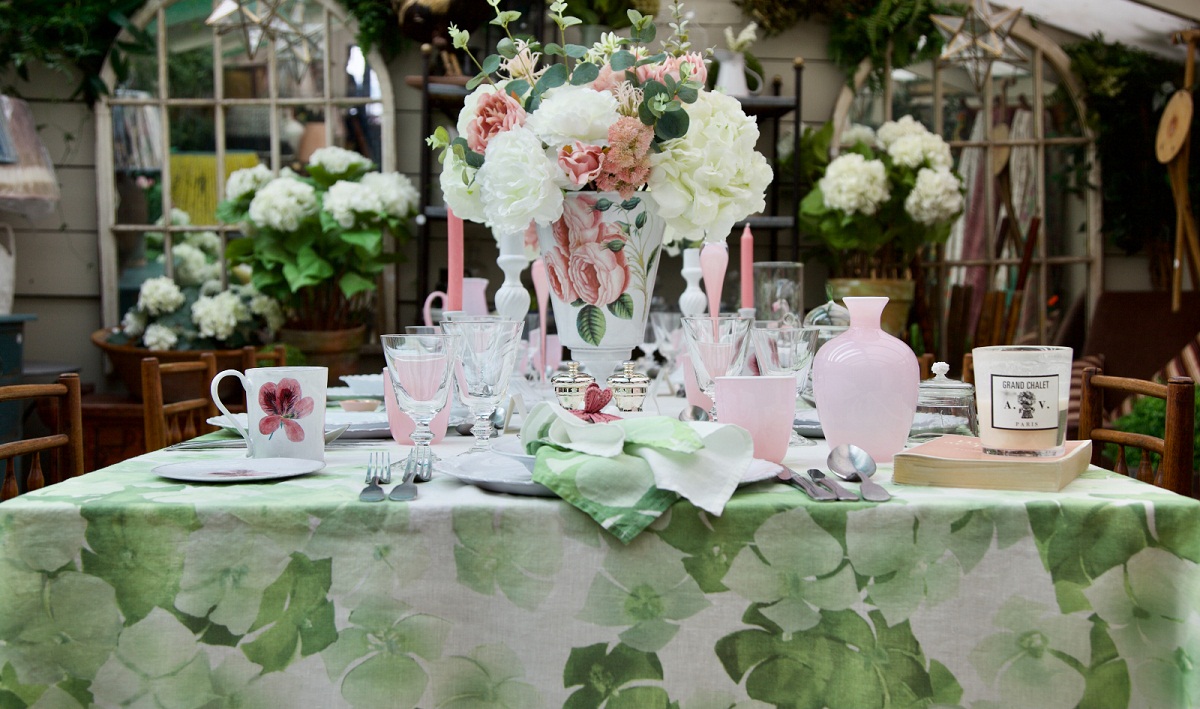

Table Decor
What Are The Rules For A Table Centerpiece?
Modified: February 24, 2024
Discover the essential rules for creating a stunning table centerpiece with our expert tips and ideas. Elevate your table decor and create a memorable dining experience.
(Many of the links in this article redirect to a specific reviewed product. Your purchase of these products through affiliate links helps to generate commission for Storables.com, at no extra cost. Learn more)
Introduction
Table centerpieces are more than just decorative elements. They serve as the focal point of a table and can greatly enhance the overall ambiance of a space. From elegant dining events to casual gatherings, a well-designed centerpiece can set the tone and make a lasting impression on guests.
Whether you’re hosting a dinner party, a wedding reception, or simply want to elevate the aesthetics of your dining table, understanding the rules for a table centerpiece is essential. In this article, we will explore the basic principles of table centerpiece design and provide valuable tips to help you create stunning and visually appealing arrangements.
By following these rules, you’ll be able to craft table centerpieces that not only catch the eye but also create a cohesive and inviting atmosphere for any occasion.
Key Takeaways:
- Elevate any occasion with visually stunning table centerpieces that reflect your unique style and personality. Balance, symmetry, and personal touches create captivating arrangements that leave a lasting impression on guests.
- From formal events to casual gatherings, themed parties to weddings, let your creativity shine in designing centerpieces that complement the occasion. Incorporate natural elements, consider the theme, and maintain with care for timeless elegance.
Importance of Table Centerpieces
Table centerpieces play a crucial role in table decor, as they have the power to transform an ordinary table into a captivating and visually appealing space. Here are some reasons why table centerpieces are important:
- Enhancing the Ambiance: A well-designed centerpiece adds a touch of elegance and sophistication to any table setting. It sets the mood and creates an inviting atmosphere for guests.
- Creating a Focal Point: By placing a centerpiece in the middle of the table, you create a focal point that draws attention and becomes a conversation starter.
- Adds Personality: Table centerpieces allow you to showcase your unique style and personality. Whether you prefer minimalist designs or extravagant arrangements, your centerpiece can reflect your taste and preferences.
- Completing the Table Setting: An empty table can feel incomplete, but a thoughtfully crafted centerpiece adds depth and completes the overall table decor.
- Highlighting the Theme: For themed events or special occasions, a centerpiece can tie in with the theme and reinforce the overall aesthetic. It adds cohesiveness and enhances the overall experience for guests.
Table centerpieces have the ability to transform a dull and mundane table into a visually stunning and inviting space. They are not merely accessories but an integral part of table decor that can elevate the overall dining experience.
Basic Principles of Table Centerpiece Design
When it comes to designing table centerpieces, there are several key principles to keep in mind. By understanding and applying these principles, you can create visually appealing and harmonious arrangements. Here are the basic principles of table centerpiece design:
- Balance: Achieving balance is crucial in a table centerpiece. Consider the visual weight of each element and distribute them evenly throughout the arrangement. Balance can be achieved through symmetry, asymmetry, or radial balance.
- Proportion: Proportion refers to how different components of the centerpiece relate to each other and to the size of the table. Ensure that the size of your centerpiece is appropriate for the table it will be placed on. It should neither overpower nor get lost in the overall setting.
- Contrast: Contrast adds visual interest and makes the centerpiece pop. Incorporate contrasting elements such as colors, textures, and heights to create a dynamic and eye-catching arrangement.
- Harmony: Harmony refers to the cohesive and unified look of the centerpiece. Choose elements that complement each other and work together harmoniously. Consider the overall theme, color scheme, and style of your event or table decor.
- Focal Point: Designate a focal point within your centerpiece to draw attention and create a visual impact. It could be a single standout element or a grouping of objects that command attention.
- Layers and Depth: Add depth to your centerpiece by incorporating layers and varying heights. This creates visual intrigue and adds dimension to the arrangement. Use containers of different heights or elevate some elements using risers or pedestals.
- Negative Space: Negative space refers to the empty or open areas within the centerpiece. It is just as important as the filled space and helps to create balance and visual breathing room. Embrace empty spaces to avoid overcrowding the arrangement.
By applying these principles, you can create visually stunning table centerpieces that not only capture attention but also contribute to the overall aesthetics and ambiance of your table setting. Let your creativity flourish while keeping these principles in mind, and you’ll be able to design centerpieces that are both visually appealing and harmonious.
Selecting a Theme
Choosing a theme for your table centerpiece can add cohesiveness and make a statement. A themed centerpiece can tie together the overall decor and enhance the visual impact of the table. Here are some tips for selecting a theme:
- Consider the Occasion: Think about the occasion or event for which you are designing the centerpiece. Is it a formal dinner, a birthday celebration, or a holiday gathering? The theme should align with the purpose and tone of the event.
- Take Inspiration from the Season: Look to the season for inspiration. Incorporate elements and colors that reflect the time of year. For example, a beach-themed centerpiece with seashells and blue hues would be perfect for a summer gathering.
- Personal Interests or Hobbies: Consider incorporating elements that reflect your personal interests or hobbies. If you’re a nature lover, a centerpiece featuring floral arrangements and natural elements would be fitting.
- Cultural Influences: Incorporating elements of your cultural background can add a unique touch to your centerpiece. Consider incorporating traditional motifs, colors, or symbols that represent your heritage.
- Color Scheme: Choose a color scheme that complements your theme. Harmonious color combinations can enhance the overall visual impact of the centerpiece. For a rustic theme, earthy tones like browns and greens work well.
- Storytelling: Use your centerpiece to tell a story or convey a message. For instance, a centerpiece with vintage books and antique objects can create a nostalgic and literary theme.
Remember to stay true to your personal style and preferences when selecting a theme. Let your creativity guide you and don’t be afraid to think outside the box. A well-chosen theme can elevate your table centerpiece and make a lasting impression on your guests.
Choosing the Right Container
The container that holds your table centerpiece is just as important as the elements you put inside it. It serves as the base and contributes to the overall visual impact of the arrangement. Here are some factors to consider when choosing the right container:
- Size and Proportion: Consider the size of your table and the dimensions of the centerpiece. The container should be proportional to the overall size of the arrangement. A large, bulky container may overpower a small table, while a tiny container may get lost on a large table.
- Style and Theme: The container should reflect the style and theme of your centerpiece. For a modern and sleek design, opt for a contemporary glass or metal container. For a rustic or farmhouse-themed centerpiece, consider using a wooden crate or a vintage vase.
- Color and Texture: Choose a container that complements the colors and textures of the centerpiece. It can either blend in harmoniously or provide a contrasting visual element. Consider the material, finish, and surface texture of the container.
- Shape and Height: The shape and height of the container can influence the overall look of the centerpiece. Experiment with different shapes, such as cylindrical, square, or oval containers. Varying heights can add depth and visual interest to the arrangement.
- Functionality: Consider the practicality of the container. Ensure that it is watertight if using fresh flowers or that it has proper drainage if using live plants. The container should also provide stability and support to the centerpiece.
Keep in mind that the container should enhance and showcase the elements within the centerpiece, rather than overpower them. It should be a cohesive part of the overall design and add to the visual appeal of the table decor.
Remember, don’t be afraid to get creative with your choice of containers. Repurposing items like mason jars, vintage teacups, or even unconventional items like wine bottles can add a unique and personalized touch to your table centerpiece.
Selecting the Appropriate Size
Choosing the right size for your table centerpiece is crucial for achieving a visually pleasing and balanced arrangement. The size of the centerpiece should be in proportion to the table and the surrounding elements. Here are some considerations for selecting the appropriate size:
- Table Size: Take into account the dimensions of your table when determining the size of the centerpiece. A small, intimate table may require a smaller, more delicate centerpiece, while a large table can accommodate a more sizable arrangement.
- Table Shape: The shape of the table can also influence the size of the centerpiece. Round tables may require a round or oval-shaped centerpiece to create harmony, while rectangular tables may benefit from a longer, linear arrangement.
- Functional Space: Ensure that the centerpiece does not take up too much space on the table, leaving enough room for plates, glasses, and other tableware. It should not obstruct guests’ line of sight or impede their ability to interact comfortably.
- Height: Consider the height of the centerpiece in relation to the seating arrangements. Tall centerpieces may hinder guests’ ability to see and engage with one another across the table. Opt for lower arrangements or make sure to create a clear line of sight between guests.
- Multiple Centerpieces: If using multiple centerpieces along a long table, ensure that they are spaced evenly and proportionally. Each centerpiece should have enough presence to contribute to the overall aesthetic without overpowering the table.
Remember that the goal is to create a visually appealing and balanced arrangement that complements the table and the overall space. By selecting the appropriate size, you can ensure that your centerpiece enhances the ambiance without overwhelming the table or the guests.
Experiment with different sizes and arrange mock centerpieces before the event to get a sense of how they look and feel in the space. Don’t be afraid to adjust and fine-tune until you find the perfect size that harmonizes with the table setting.
Combining Colors and Textures
The combination of colors and textures in your table centerpiece can bring it to life and create a visually captivating arrangement. By carefully selecting and blending different colors and textures, you can add depth, contrast, and visual interest. Here are some tips for combining colors and textures:
- Color Palette: Start by selecting a color palette that complements the overall theme and mood of your event or table decor. Choose colors that work well together and evoke the desired atmosphere. Consider using a mix of complementary or contrasting colors to create visual impact.
- Layering Textures: Incorporate a variety of textures to add depth and dimension to your centerpiece. Mix smooth and rough textures, such as soft flowers with textured foliage or smooth glass vases with rough-hewn wooden elements.
- Contrasting Elements: Introduce contrasting elements to create visual interest. For example, pair delicate flowers with bold foliage or combine smooth ceramic objects with rough natural elements like stones or branches.
- Consider the Season: Draw inspiration from the season and incorporate colors and textures that are characteristic of that time of year. For example, in autumn, consider using warm tones like oranges, yellows, and deep reds along with textured elements like pumpkins or fall leaves.
- Balance and Harmony: Maintain a sense of balance and harmony by using colors and textures that complement each other. Avoid overwhelming the arrangement with too many contrasting or clashing elements.
- Use a Dominant Color: Choose a dominant color that will tie the centerpiece together and create a cohesive look. This color can be repeated throughout the arrangement in various elements to create unity.
- Consider the Background: Take into account the colors and textures of the table setting and the surrounding decor. Ensure that the centerpiece stands out against the backdrop and adds visual interest without clashing with the overall aesthetic.
Experiment with different combinations of colors and textures to find what works best for your table centerpiece. Don’t be afraid to get creative and mix unexpected elements to create a visually stunning arrangement that captures attention and adds personality to your table decor.
When creating a table centerpiece, consider the height and size of the arrangement to ensure it doesn’t obstruct guests’ views. Use a mix of textures and colors for visual interest.
Creating Balance and Symmetry
Balance and symmetry are essential elements in table centerpiece design. They create a sense of order and harmony, resulting in visually pleasing arrangements. Here are some tips for creating balance and symmetry in your table centerpiece:
- Central Focal Point: Establish a central focal point in your centerpiece as a visual anchor. This could be a single prominent element or a grouping of objects that draw the eye. Place it in the center of the arrangement to create a sense of balance.
- Equal Distribution: Distribute visual weight evenly throughout the centerpiece. If using multiple elements, place them in a balanced manner, ensuring that no side appears heavier or more cluttered than the other.
- Matching Elements: Use matching or symmetrically arranged elements to create a sense of balance. For example, if using candlesticks on either side of the centerpiece, ensure they are of equal height and design.
- Mirroring: Create symmetry by mirroring elements on either side of the centerpiece. This could be achieved by using similar flowers, containers, or decorative objects on both sides.
- Height and Proportion: Maintain balance in terms of height and proportion. If using taller elements on one side, balance it out on the other side. Ensure that the overall proportions of the centerpiece are visually pleasing and in harmony with the table.
- Visual Lines: Use visual lines to create balance and symmetry. This can be achieved through the use of parallel lines or by arranging elements in a linear or radial pattern.
- Empty Space: Embrace empty space as a design element. Leaving some areas of the centerpiece free of objects can create a sense of balance and allow the eye to rest.
Creating balance and symmetry in your table centerpiece helps to create a cohesive and aesthetically pleasing arrangement. By following these tips, you can achieve a visually balanced centerpiece that enhances the overall appearance of your table decor.
Incorporating Natural Elements
Incorporating natural elements into your table centerpiece can add a touch of organic beauty and create a refreshing and captivating arrangement. Here are some ideas for incorporating natural elements into your design:
- Flowers and Greenery: Fresh flowers and greenery are timeless natural elements that bring life and color to any centerpiece. Choose blooms that match your theme or season, and consider mixing different varieties to add texture and visual interest.
- Branches and Twigs: Incorporate branches or twigs to add height, structure, and a touch of rustic charm to your centerpiece. They can be left natural or spray-painted in a color that complements your overall design.
- Fruits and Vegetables: Fresh fruits and vegetables can add vibrancy and a pop of color to your centerpiece. Consider using seasonal produce, such as apples, berries, or citrus fruits, in the arrangement. They can be placed in bowls or incorporated into floral displays.
- Seashells and Coral: If you’re going for a beach or nautical theme, seashells and coral can be great natural elements to incorporate. Arrange them around the centerpiece or use them as accents in a coastal-inspired design.
- Feathers and Dried Botanicals: Feathers and dried botanicals add an earthy and textural element to your centerpiece. Incorporate them into arrangements or use them as decorative accents around the centerpiece.
- Moss and Succulents: Moss and succulents are low-maintenance options that bring a touch of greenery and texture to your centerpiece. They can be placed in containers or used to create a living centerpiece in a terrarium or glass vessel.
- Natural Fabrics and Ribbons: Consider using natural fabrics, such as burlap or linen, as table runners or as accents to enhance the natural theme. You can also tie ribbons made from organic materials like jute or cotton around vases or decorative elements.
Incorporating natural elements adds a sense of freshness and charm to your table centerpiece. Don’t be afraid to get creative and mix different natural elements to achieve a unique and visually stunning arrangement that brings the beauty of the outdoors to your table decor.
Read more: What Size Photos For A Table Centerpiece?
Adding Personal Touches
Adding personal touches to your table centerpiece is a wonderful way to infuse your own style and create a truly unique and special arrangement. Here are some ideas for adding personal touches to your centerpiece:
- Photographs: Incorporate framed photographs of loved ones or cherished memories into your centerpiece. It adds a personal touch and can spark conversations and nostalgia among your guests.
- Monograms and Initials: Incorporate monograms or initials into your centerpiece to add a personalized touch. This can be achieved through custom napkin rings, signage, or even carved initials on wooden elements.
- Keepsakes and Mementos: Include sentimental items or keepsakes in your centerpiece to evoke memories and create a unique focal point. These can be items like inherited trinkets, family heirlooms, or objects that hold special meaning to you.
- Handmade Crafts: Showcase your creativity by incorporating handmade crafts or DIY elements. This could include origami paper flowers, hand-painted pottery, or homemade candle holders.
- Favorite Quotes: Incorporate your favorite quotes or meaningful words into your centerpiece design. This can be done through printed cards, hand-lettered signs, or even small engraved stones.
- Themed Memorabilia: If you’re hosting a themed event or celebrating a special occasion, include themed memorabilia in your centerpiece. For example, for a movie-themed party, incorporate small replicas of film props or movie tickets.
- Personalized Vessels: Use personalized or customized containers for your centerpiece, such as engraved glassware or monogrammed vases. This adds a personal touch that is unique to you.
Adding personal touches to your table centerpiece allows you to showcase your individuality and make a meaningful connection with your guests. It creates a warm and personal atmosphere that will be appreciated and remembered by everyone in attendance.
Remember, the key is to incorporate personal touches that have significance to you or reflect your personality and style. This will make your centerpiece truly one-of-a-kind and add a special touch to your table decor.
Considerations for Different Occasions
When designing a table centerpiece, it’s important to consider the specific occasion or event you’re hosting. Different occasions call for different styles and themes. Here are some considerations for different occasions:
- Formal Events: For formal events, such as black-tie dinners or fancy galas, opt for sophisticated and elegant centerpieces. Consider tall and dramatic arrangements with luxurious flowers like roses and orchids. Incorporate elegant crystal vases or silver candle holders to create a glamorous atmosphere.
- Casual Gatherings: For casual gatherings, like family dinners or brunches with friends, keep the centerpiece more relaxed and informal. You can opt for simple arrangements with seasonal flowers or create a rustic look with wildflowers and mason jars. Incorporate elements like wooden crates or burlap table runners for a cozy and approachable vibe.
- Weddings: Wedding centerpieces should align with the overall theme and style of the wedding. From romantic and classic to modern and whimsical, there are endless possibilities. Consider the color palette, floral preferences, and any special elements relevant to the couple. Tall floral arrangements, cascading greenery, or romantic candlelit centerpieces are popular choices for weddings.
- Holidays: Holidays present an opportunity to infuse seasonal elements into your centerpieces. For example, during Christmas, use red and green accents with pinecones and evergreen branches. For Halloween, consider incorporating pumpkins or gourds with spooky additions like black feathers or creepy crawlies.
- Birthdays or Anniversaries: For personal celebrations, incorporate elements that are meaningful to the guest of honor. Consider their favorite flowers, colors, or hobbies. You can also incorporate photos, balloons, or customized elements like numbered candles or banners with their name or initials.
- Themed Parties: Themed parties offer endless opportunities for creative centerpieces. Whether it’s a beach-themed party with seashells and tropical flowers or a 1920s-inspired soiree with art deco accents, let the theme guide your centerpiece design. Pay attention to details like colors, textures, and props that reflect the theme.
When selecting a centerpiece for a specific occasion, consider the overall mood, tone, and style of the event. Let your creativity shine while keeping the occasion in mind, and you’ll create a centerpiece that perfectly complements the celebration.
Maintenance and Care
Once you have created your beautiful table centerpiece, it’s important to maintain and care for it to ensure its longevity and continued visual appeal. Here are some tips on how to properly maintain and care for your centerpiece:
- Watering Fresh Flowers: If your centerpiece includes fresh flowers, make sure to regularly check and replenish the water in the vases. Change the water every couple of days to keep it fresh and prevent bacteria growth.
- Trimming and Pruning: Trim the stems of your fresh flowers regularly to promote water absorption and increase their lifespan. Also, remove any wilted or dead blossoms to maintain the overall appearance of the arrangement.
- Checking Candle Safety: If your centerpiece includes candles, practice candle safety. Trim the wicks before lighting and ensure that the candles are secure in their holders. Never leave candles unattended and keep them away from flammable materials.
- Dusting and Cleaning: Regularly dust and clean your centerpiece to keep it looking fresh. Use a soft cloth or duster to gently remove any dust or debris from the decorative elements and containers. Avoid using harsh cleaning agents that could damage the materials.
- Preserving Dried or Artificial Elements: If your centerpiece includes dried or artificial elements, ensure they are kept away from direct sunlight and excessive moisture to prevent fading or damage. You can use a hairdryer on a low, cool setting to remove any accumulated dust or gently wipe them with a soft cloth.
- Transportation: If you need to transport your centerpiece, take necessary precautions to prevent damage. Secure the elements and containers to minimize the risk of shifting or breaking during transportation.
- Storage: If you plan to reuse your centerpiece, proper storage is key. Clean and dry any reusable containers and store all elements in a cool, dry place to prevent damage and preserve their quality. Label containers or take photos to easily recreate the arrangement in the future.
By following these maintenance and care tips, you can ensure that your table centerpiece remains in optimal condition and continues to be a stunning focal point for your table decor. With a little attention and care, your centerpiece will continue to impress and enhance your dining experiences for years to come.
Conclusion
Designing a table centerpiece is a creative and rewarding endeavor that allows you to showcase your personal style and add a touch of elegance to any occasion. By following the rules and principles of table centerpiece design, you can create visually stunning arrangements that enhance the ambiance of your space and leave a lasting impression on your guests.
From selecting a theme and choosing the right container to incorporating colors, textures, and natural elements, every aspect of your centerpiece plays a crucial role in creating a harmonious and visually appealing arrangement. Consider the occasion, personal touches, and maintenance and care to ensure your centerpiece remains fresh and captivating for as long as possible.
Whether you’re hosting a formal dinner, a casual gathering, or a special celebration, let your creativity flow and design a centerpiece that reflects your unique style and personality. Remember to balance and create symmetry, incorporate personal touches, and consider the specific occasion to create a centerpiece that truly stands out.
With the right attention to detail and a focus on creating a cohesive and visually stunning arrangement, your table centerpiece will elevate the overall aesthetics of your table decor and create a memorable experience for all who gather around it.
So go ahead, unleash your creativity, and let your table centerpiece become a captivating focal point that enhances the beauty and ambiance of your space.
Frequently Asked Questions about What Are The Rules For A Table Centerpiece?
Was this page helpful?
At Storables.com, we guarantee accurate and reliable information. Our content, validated by Expert Board Contributors, is crafted following stringent Editorial Policies. We're committed to providing you with well-researched, expert-backed insights for all your informational needs.
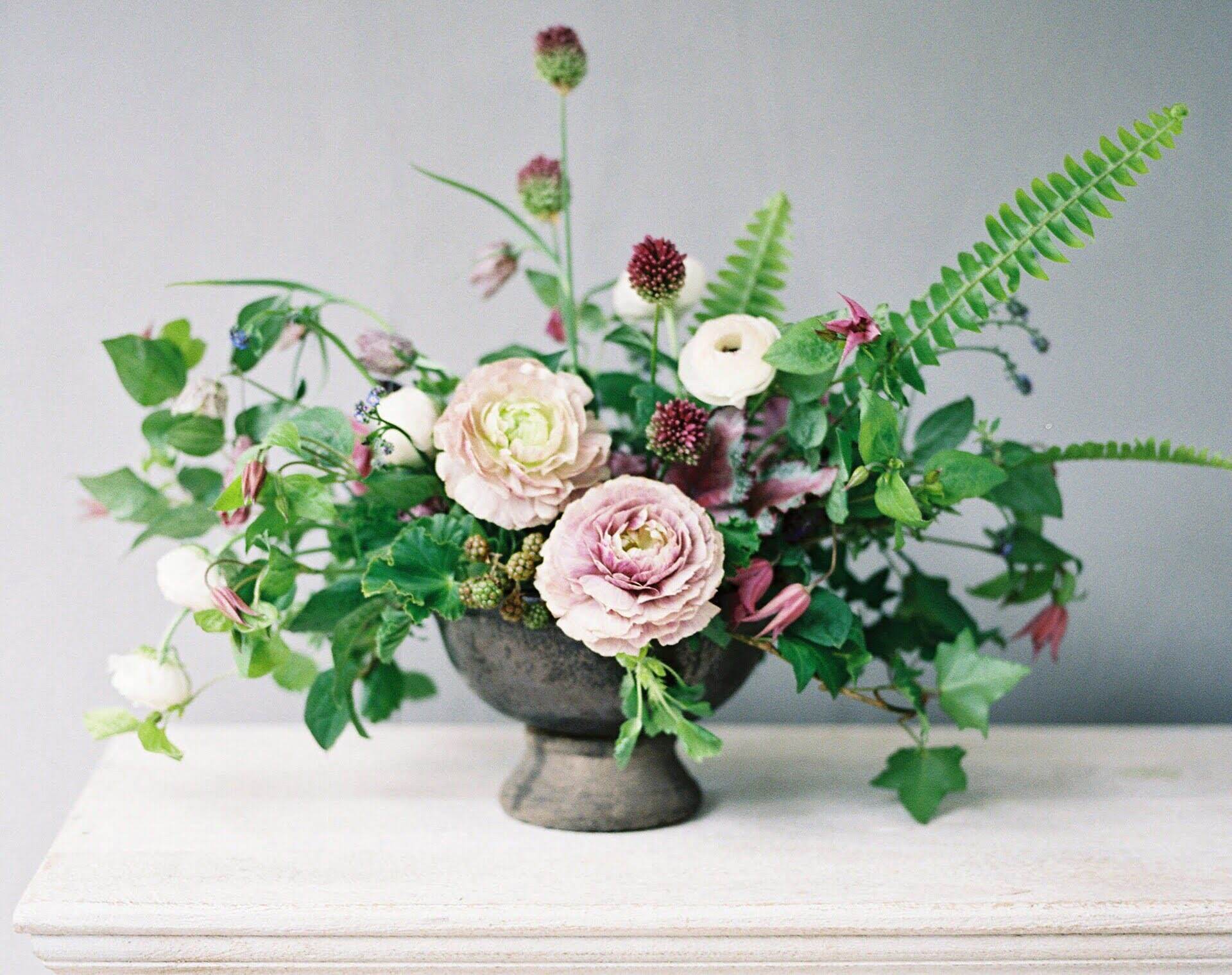
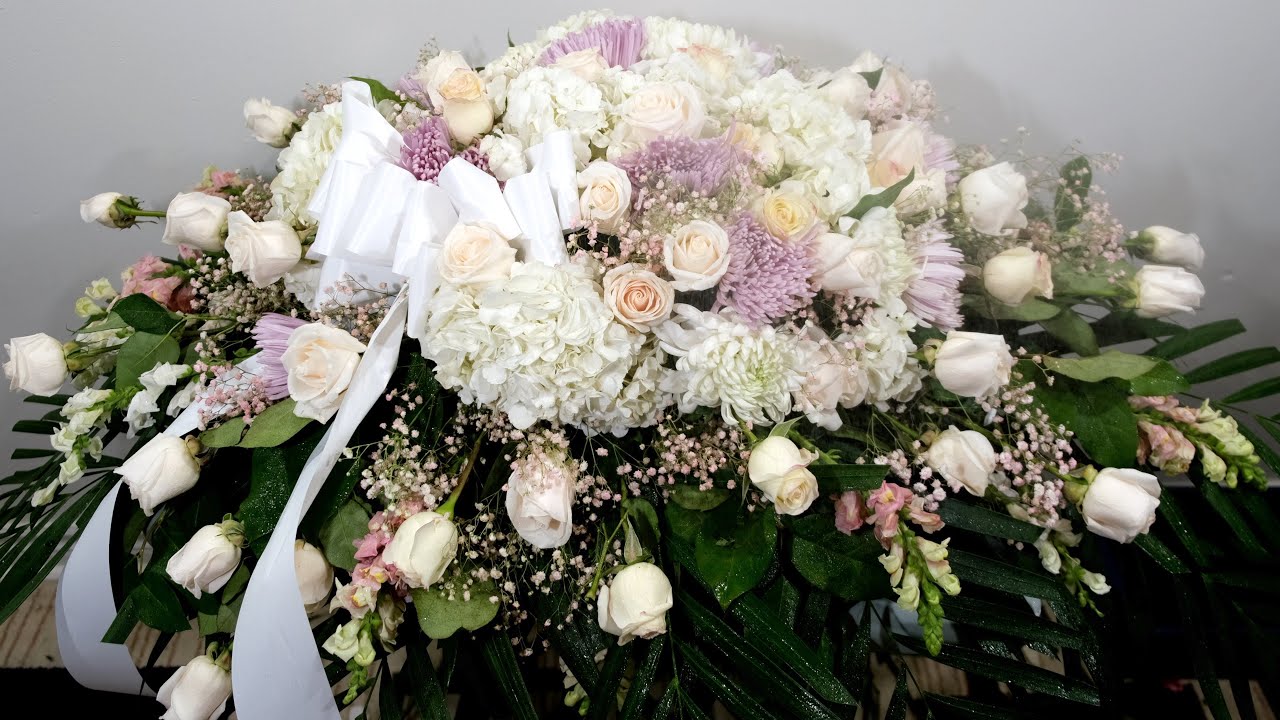
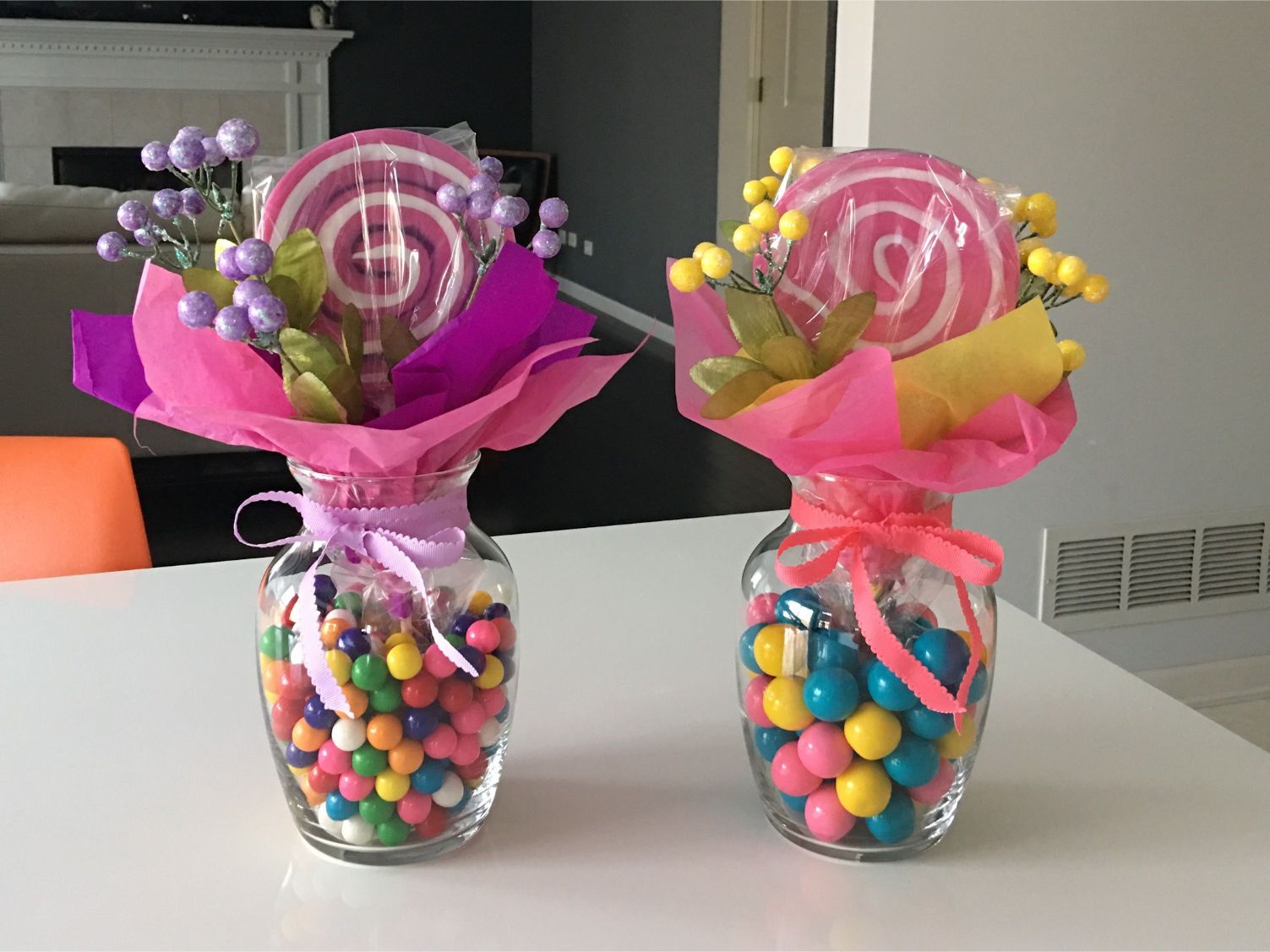
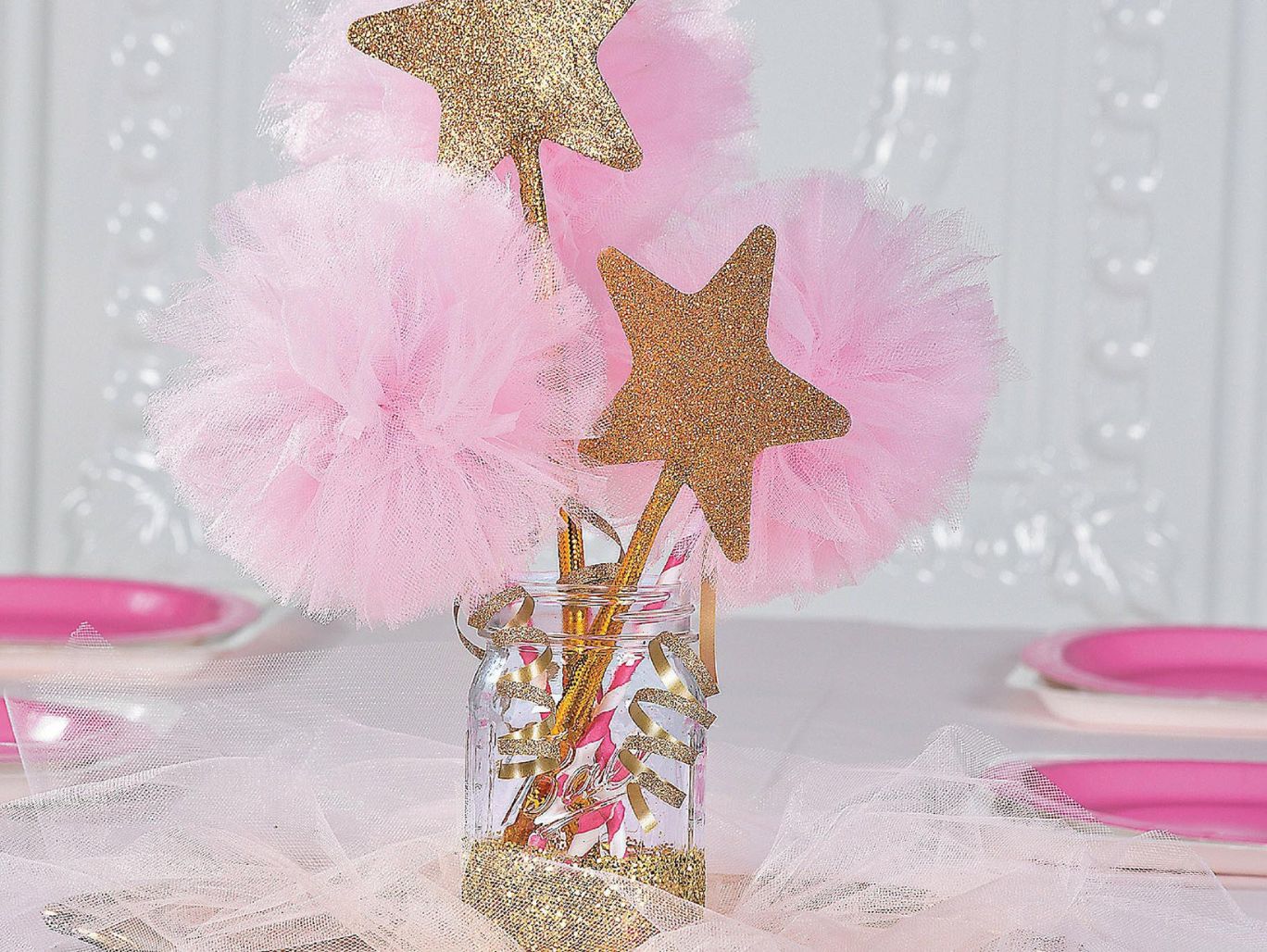
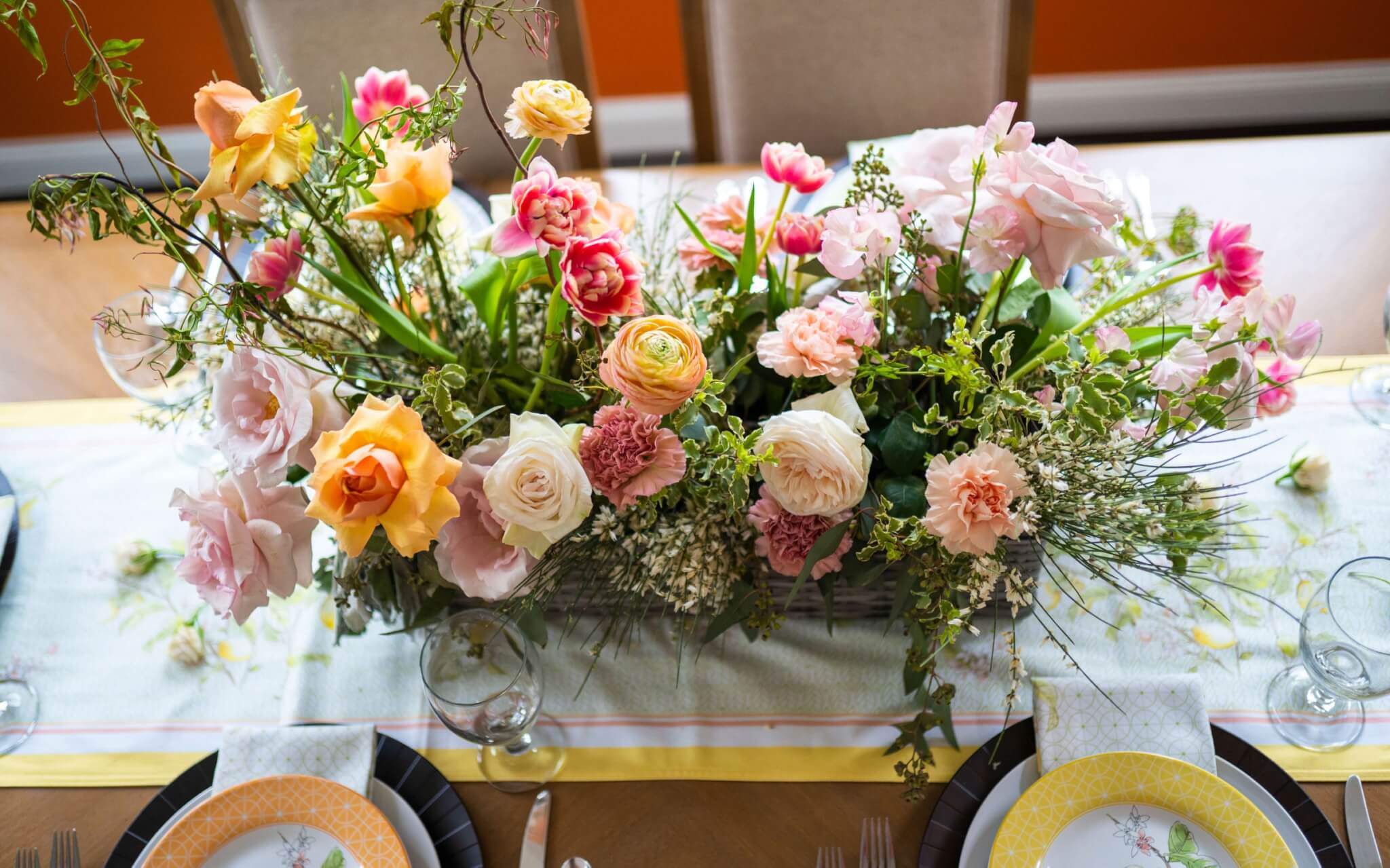
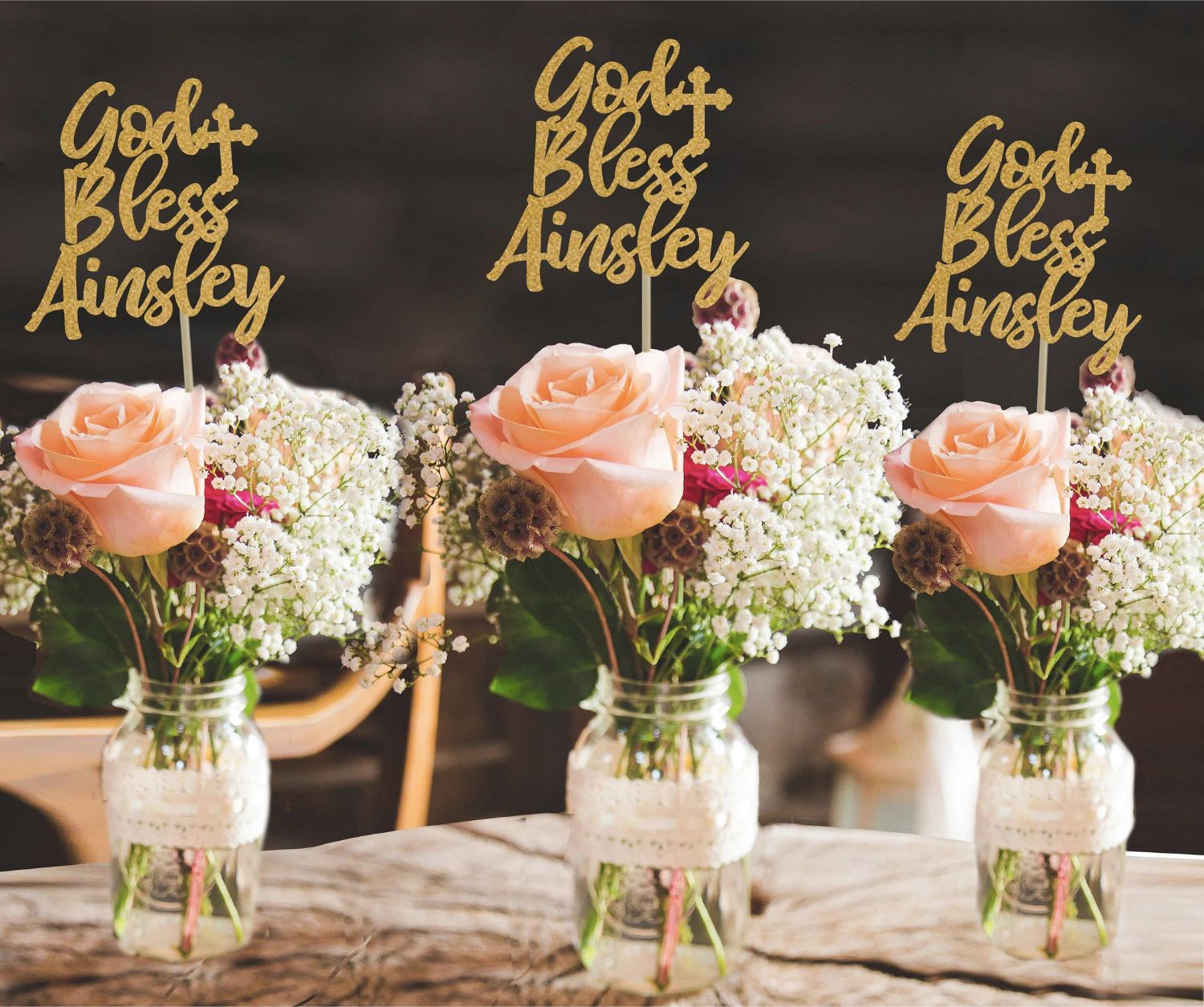
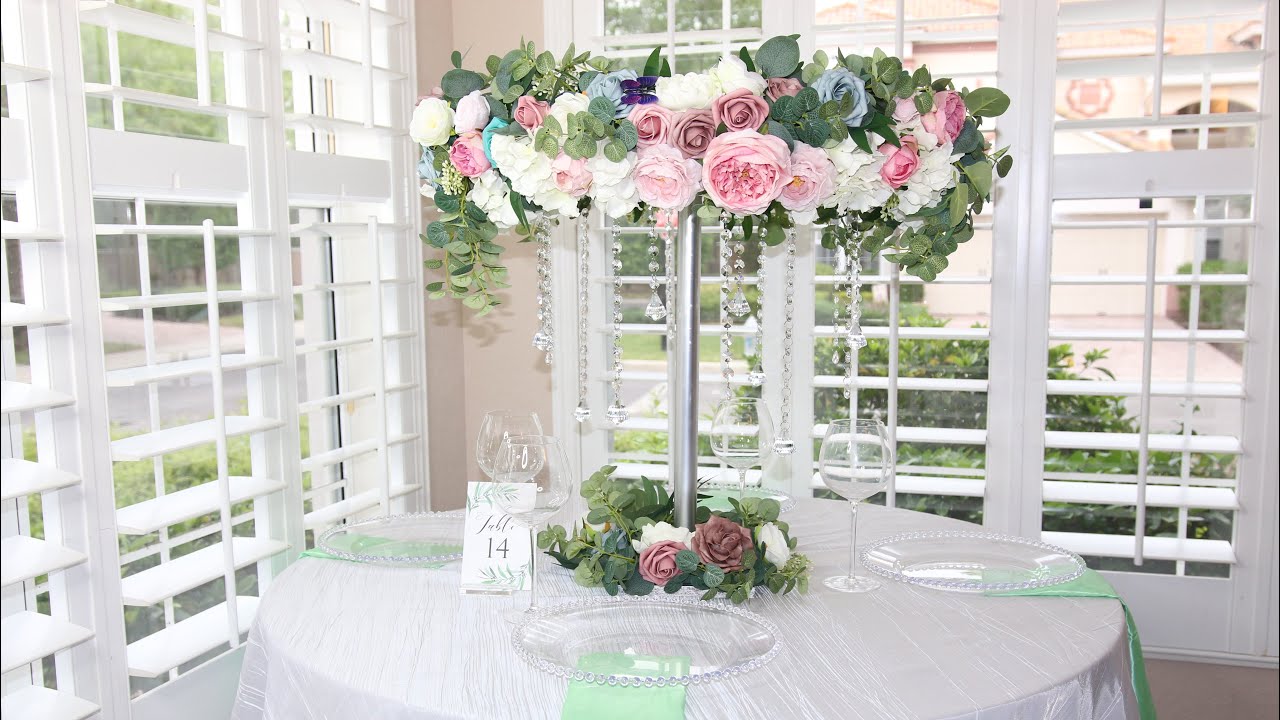
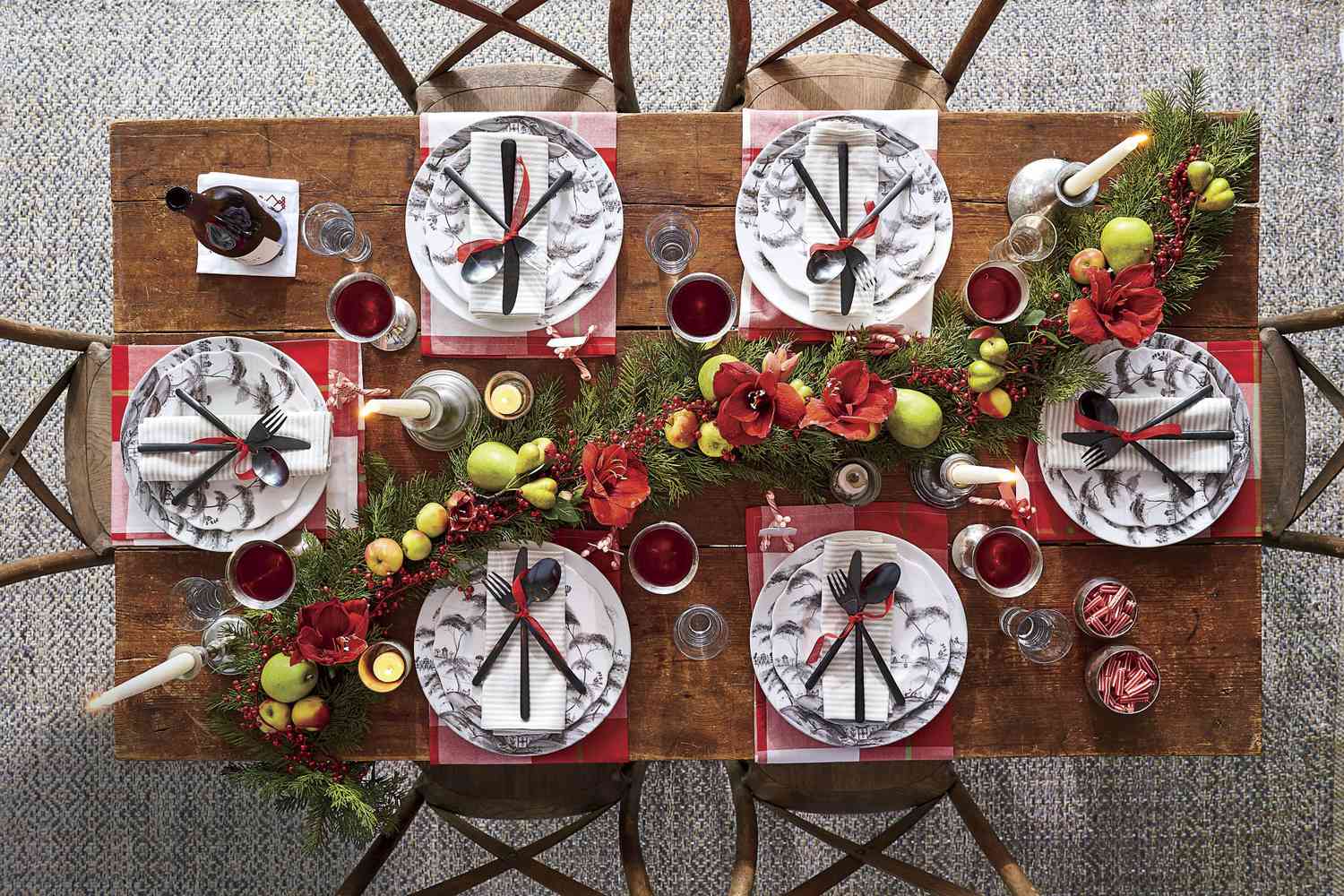
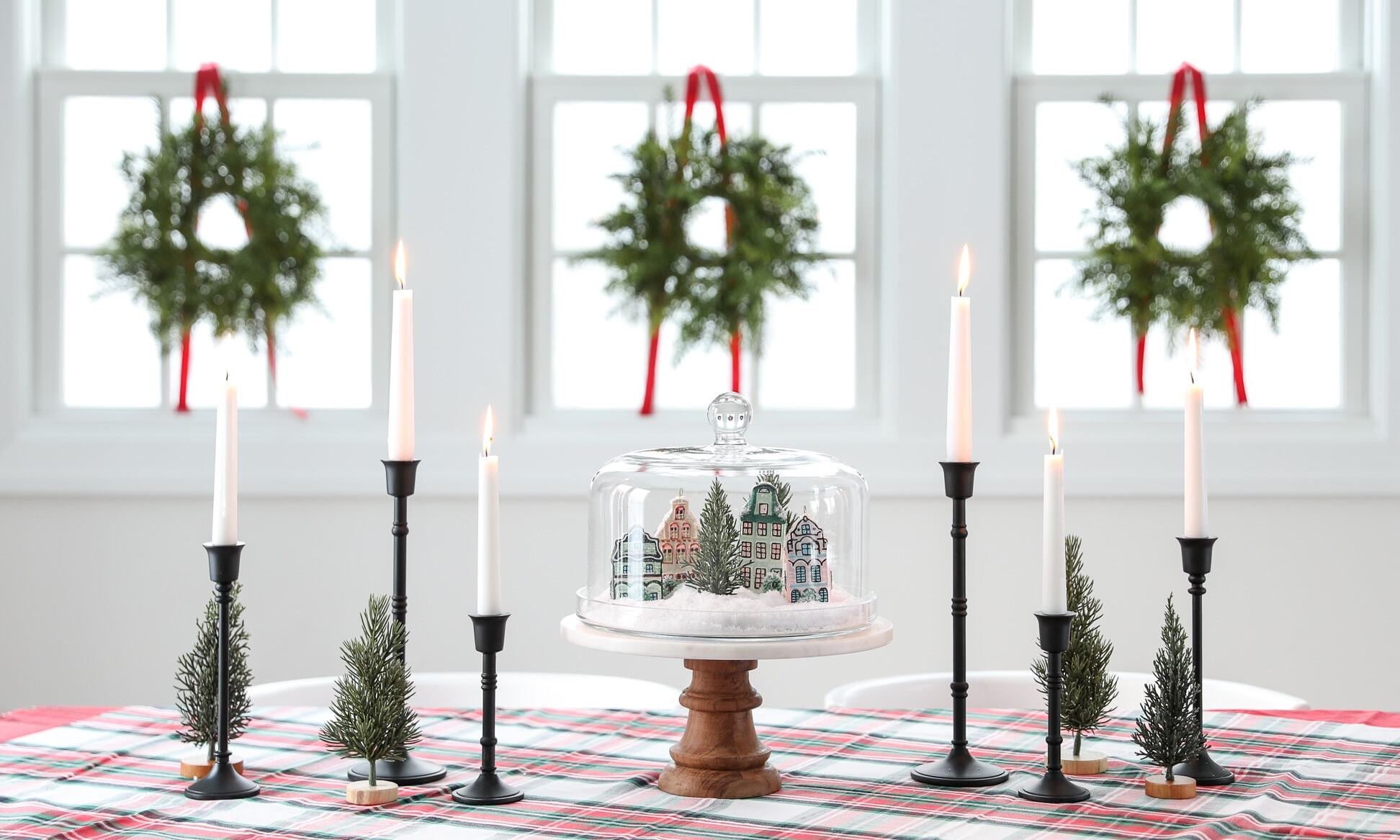
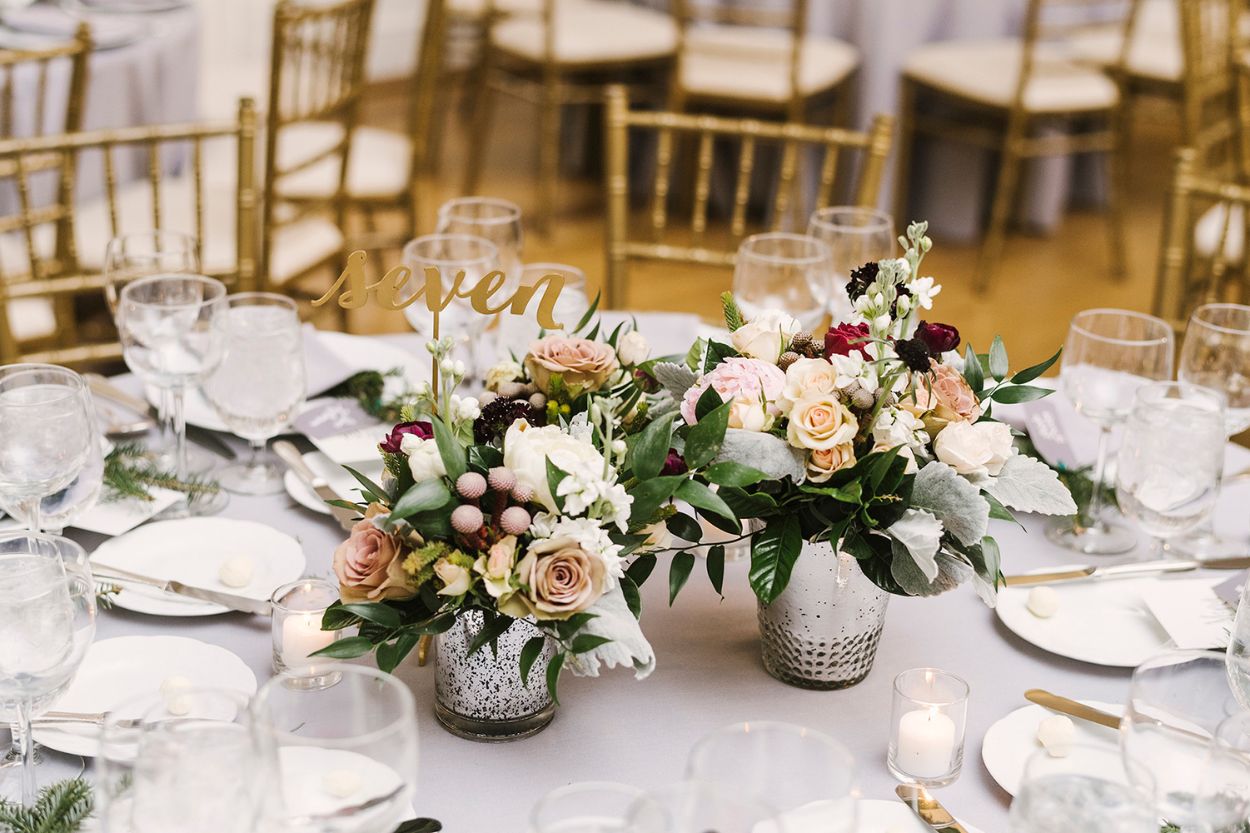
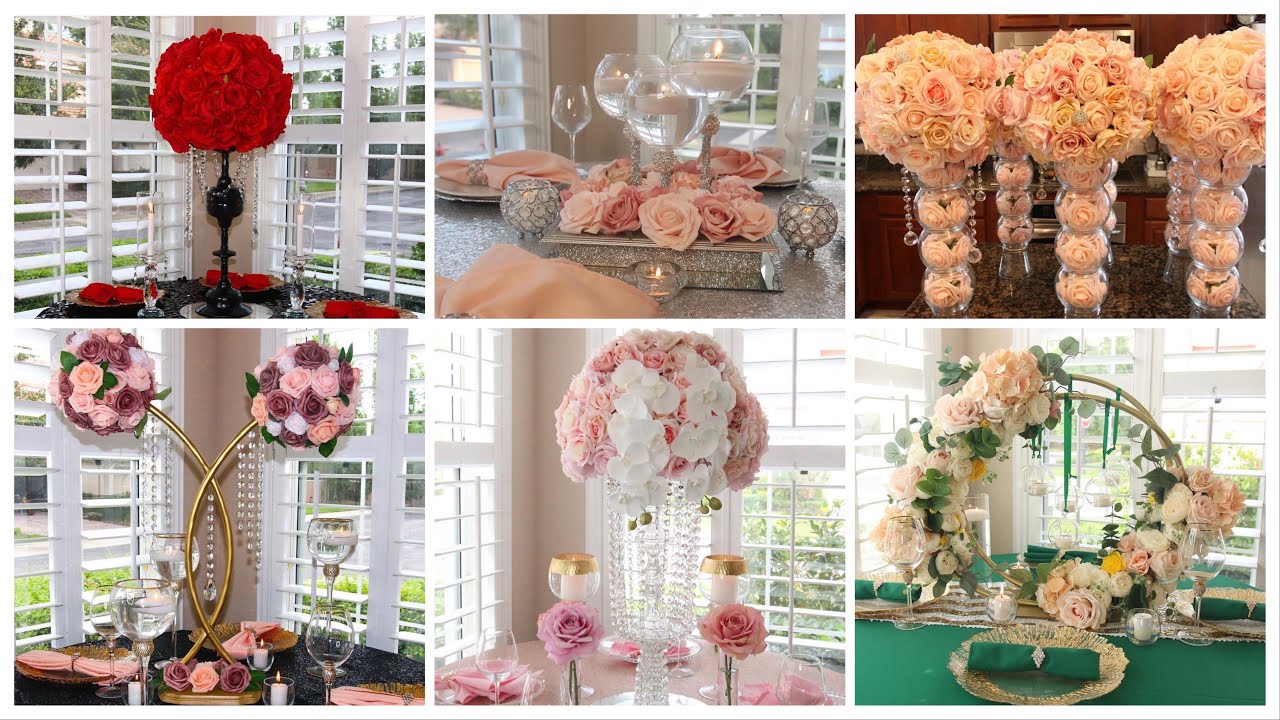
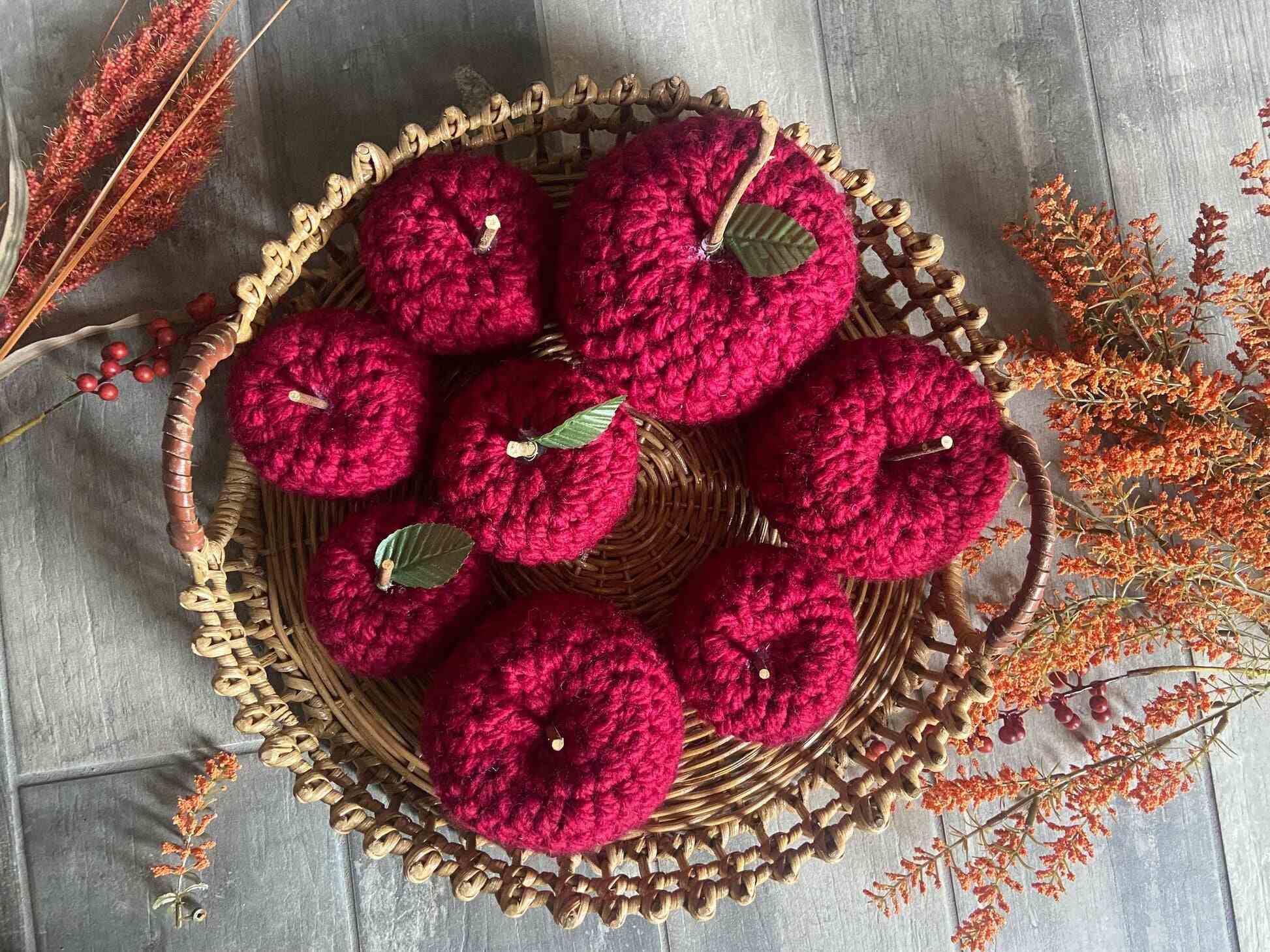


0 thoughts on “What Are The Rules For A Table Centerpiece?”